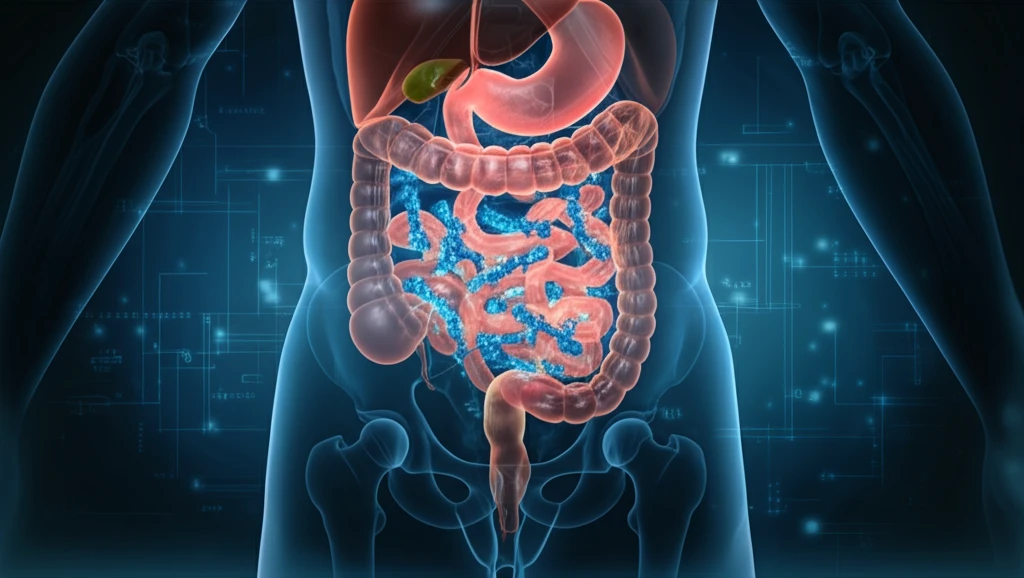
Unlocking Gut Health: How Bis Protein Holds the Key to a Happy Tummy
"Scientists discover the vital role of Bis protein in maintaining gastrointestinal health, paving the way for future treatments."
In the quest for optimal health, the spotlight is increasingly turning towards the gut. Often referred to as the "second brain," the gastrointestinal (GI) system plays a pivotal role in overall well-being, influencing everything from immunity to mood. Maintaining a healthy gut is essential, and new research is continually emerging, shedding light on the complex mechanisms that govern this vital system.
One such area of exploration involves the Bcl-2 interacting death suppressor (Bis) protein, also known as Bag3. While previously recognized for its involvement in various pathophysiological conditions, recent studies have uncovered its significant presence and function within the digestive system. This discovery opens new avenues for understanding and potentially treating a range of gut-related issues.
This article delves into the groundbreaking research on Bis protein in the mouse gastrointestinal system. We'll explore how scientists have identified its specific locations and functions, offering valuable insights into its role in maintaining gut health and paving the way for future therapeutic interventions.
What is Bis Protein and Why is it Important for Gut Health?

Bis protein, originally identified as a Bcl-2 binding protein, has been shown to enhance the anti-apoptotic activity of Bcl-2, which prevents cell death. More recent research indicates that Bis plays a crucial role in maintaining cellular health and function in various tissues, including those within the digestive system. Its presence in the gut is particularly intriguing, suggesting a specialized role in regulating gastrointestinal processes.
- Esophagus: Highest concentration of Bis protein, crucial for protecting the stratified squamous epithelium.
- Stomach: Significant presence in the forestomach region, aiding in the maintenance of tissue integrity.
- Colon, Jejunum, and Ileum: Moderate levels of Bis, contributing to the overall health and function of the lower digestive tract.
What Does This Mean for Your Gut?
The discovery of Bis protein's role in the gut is more than just an academic finding; it has potential implications for managing and treating various gastrointestinal disorders. By understanding how Bis protein functions and influences gut motility, absorption, and overall health, researchers can explore new therapeutic strategies to target conditions such as inflammatory bowel disease (IBD), irritable bowel syndrome (IBS), and other digestive ailments. This growing understanding opens doors to novel interventions that promote a healthier, happier gut.
